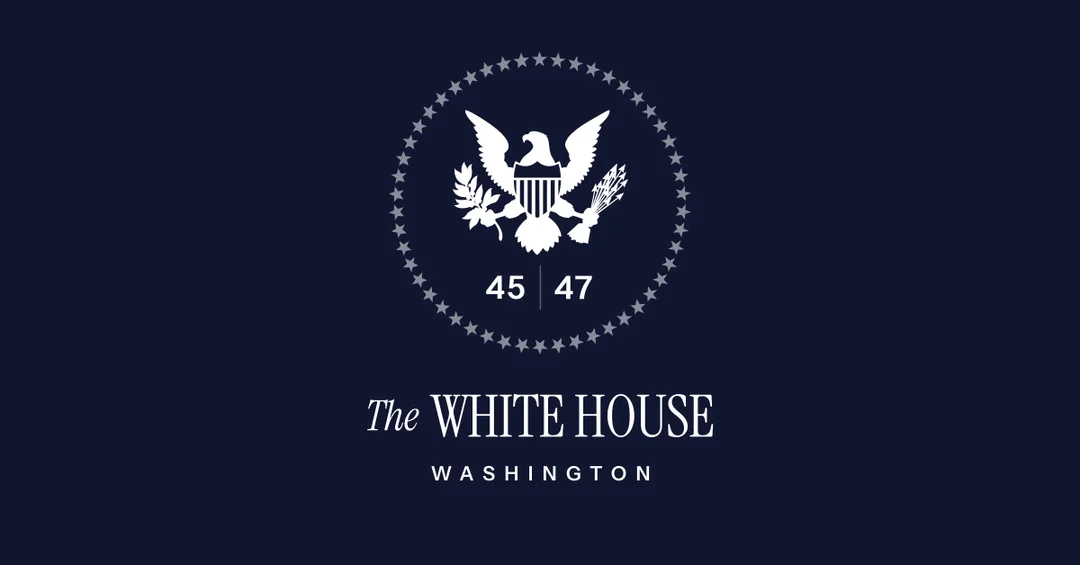
Trump Launches Sweeping Reform To Speed Up US Defense Sales And Modernize Pentagon Acquisitions
This week, in a striking move to reinforce America's military edge and global alliances, President Donald Trump signed a pair of executive orders aimed at overhauling both foreign defense sales and the Pentagon’s internal procurement system. The sweeping directives prioritize agility, innovation, and transparency in the U.S. defense sector, marking one of the most ambitious reforms in decades with consequences that could reshape alliances, defense manufacturing, and military readiness worldwide.
At the heart of these reforms is a recalibration of America’s approach to selling defense equipment abroad. The first executive order emphasizes enhancing accountability and speeding up the often sluggish Foreign Military Sales (FMS) process, which has long been criticized for bureaucratic bottlenecks. “A rapid and transparent foreign defense sales system that enables effective cooperation between the United States and our chosen partners is foundational,” the order reads. By consolidating decision-making, slashing red tape, and better aligning sales with U.S. foreign policy, the move aims to simultaneously strengthen allies and invigorate domestic defense manufacturing.
One key aspect includes reevaluating strict controls under international arms export regimes, such as the Missile Technology Control Regime, possibly allowing certain advanced capabilities to be shared with close allies. Additionally, the administration pledges to modernize notification procedures to Congress, keeping oversight intact but accelerating approvals. This aligns with a broader goal of shifting critical supply chains home, boosting American industry’s health while enabling partners to shoulder more of their own defense burdens—an approach framed as revitalizing the “arsenal of democracy.”
In tandem, the second order targets internal Pentagon acquisition, which Trump bluntly critiqued for “years of misplaced priorities and poor management.” The directive pushes for a comprehensive review of major defense programs—many of which notoriously exceed budgets and timelines—and even opens the door to axing projects lagging by more than 15% in cost or schedule. Secretary of Defense Pete Hegseth has been tasked to report potential cancellations within 90 days. This bold move seeks to focus resources on cutting-edge, cost-effective programs aligned closely with military needs.
Importantly, the order doesn’t just threaten cuts—it chartes a path to faster, more innovative procurement. It prioritizes commercial off-the-shelf technologies, flexible contracting channels like Other Transactions Authority, and rapid capabilities offices to field technologies at the speed of relevance. Unlike cumbersome traditional processes, these pathways aim to reduce development cycles from years to months. Trump’s directive explicitly orders the Pentagon to “prioritize use of these authorities in all pending contracting actions.”
The overhaul also extends to the defense acquisition workforce—overseen by a new plan due within 120 days—to encourage risk-taking and reward innovative solutions. This includes restructuring performance metrics to favor adaptive acquisition, iterative user-driven requirements, and direct engagement with American industry innovators. Training teams modeled after successful rapid acquisition units will support the transition on the ground.
Observers note that these reforms echo lessons learned from recent conflicts and global tensions. In an era of accelerating technological change—with rivals like China rapidly advancing—speed and flexibility have become strategic assets. By fostering healthy competition in domestic supply chains and streamlining foreign sales, the Trump administration seeks to ensure America’s partners are better equipped and that the U.S. military retains its qualitative edge.
Overall, whether trimming outdated weapon systems, spurring faster innovation, or empowering allies with American-made technology, these executive actions represent a bold gambit to recalibrate U.S. military power for the 21st century. The challenge lies ahead in navigating delicate export controls, congressional scrutiny, and entrenched bureaucracies. Yet if successful, the reforms could redefine how America arms itself—and its allies—for years to come.
How effective these sweeping changes will be remains to be seen. Will they genuinely cut red tape and accelerate defense delivery—or encounter resistance from the complex acquisition bureaucracy? Readers, what do you think about this ambitious overhaul of American defense policy? Please share your views and join the conversation below.